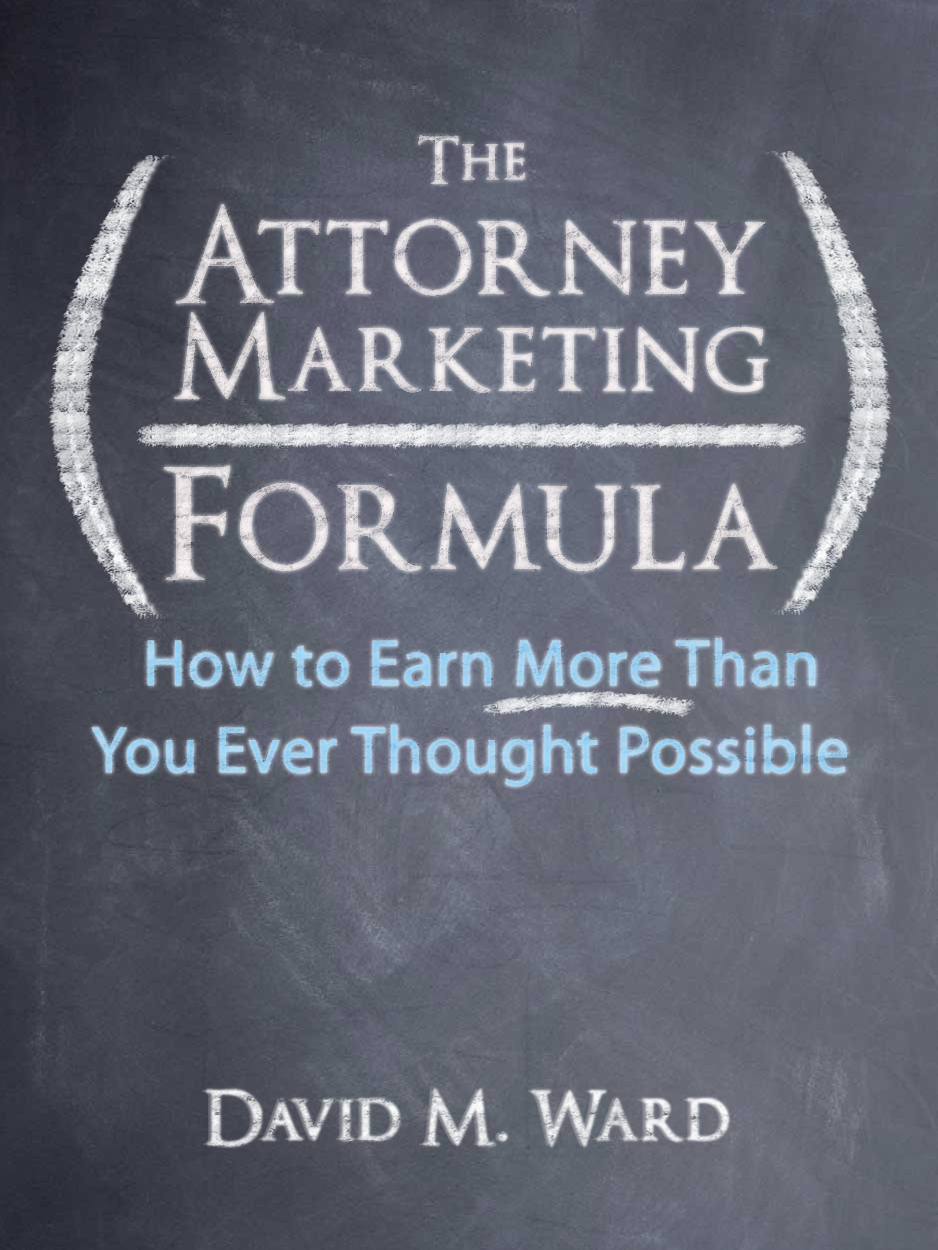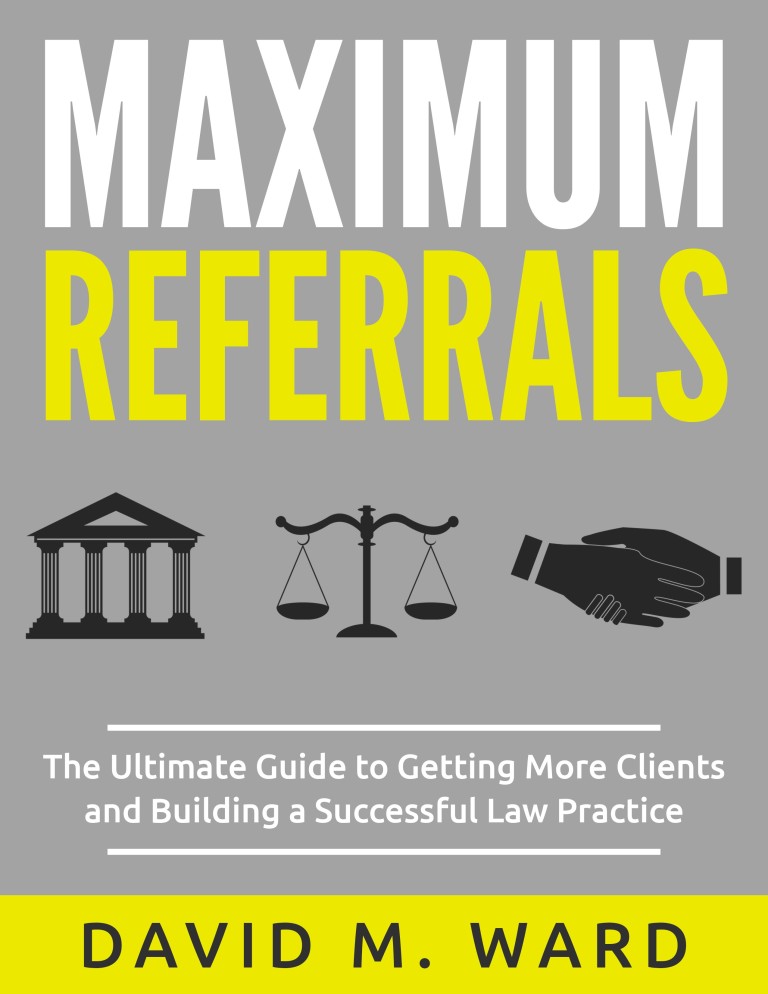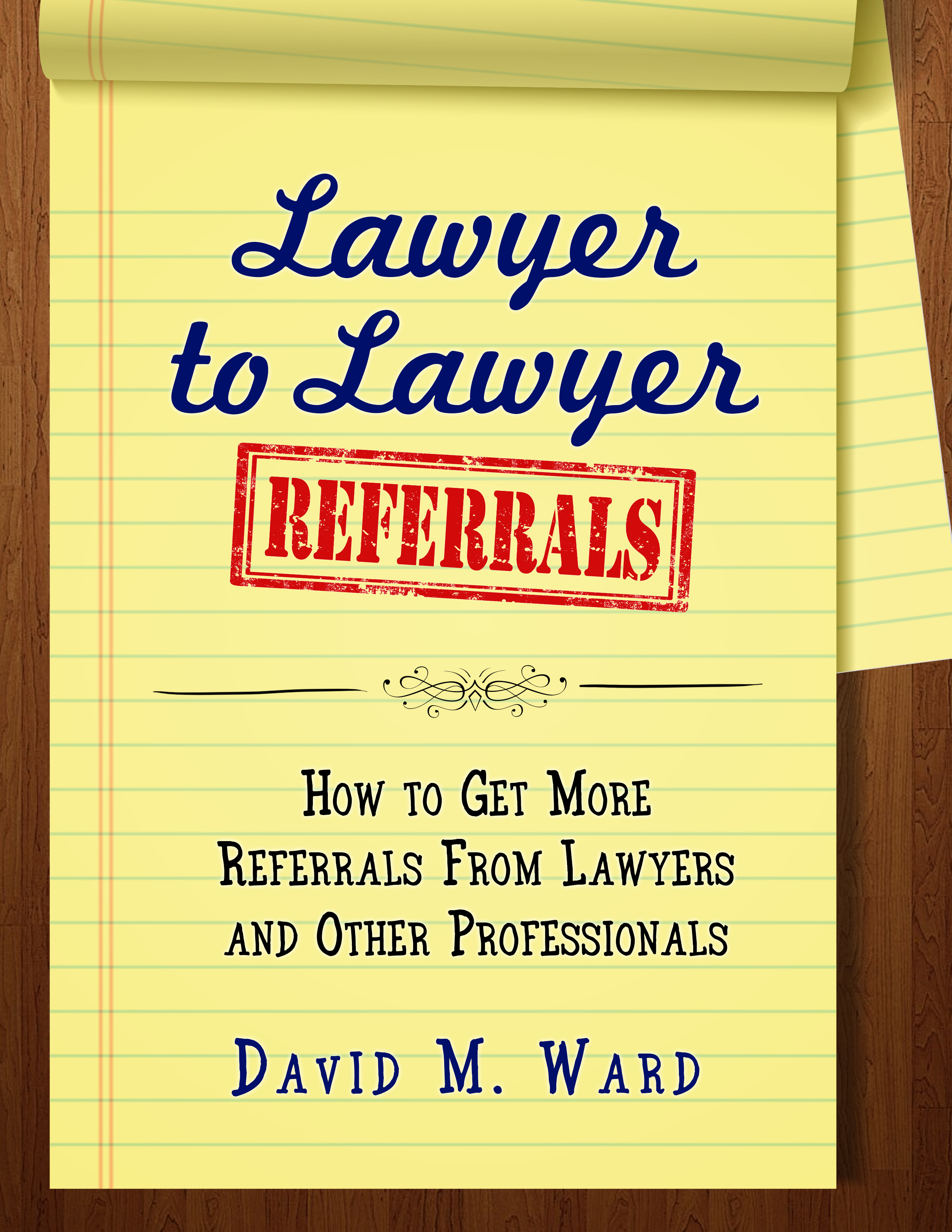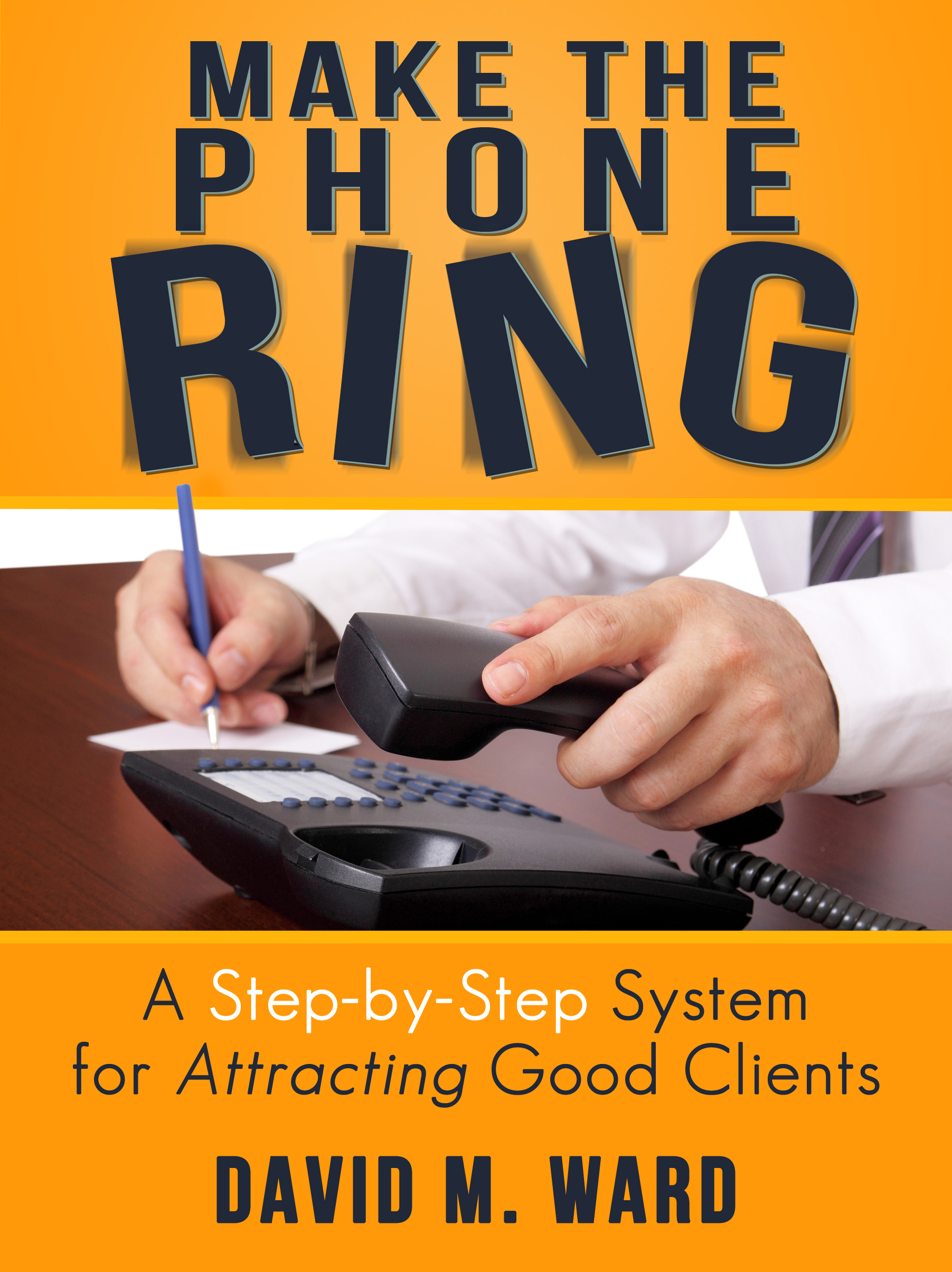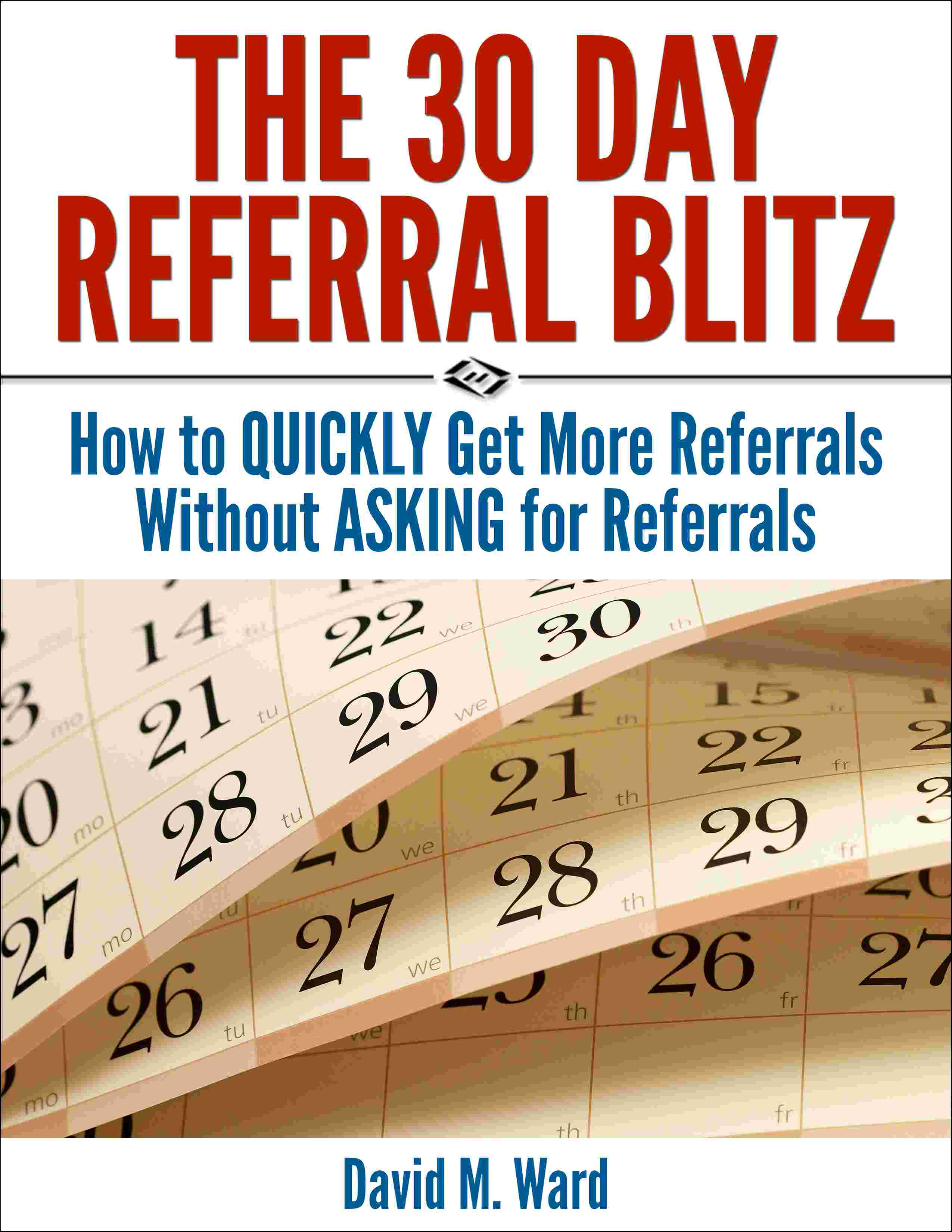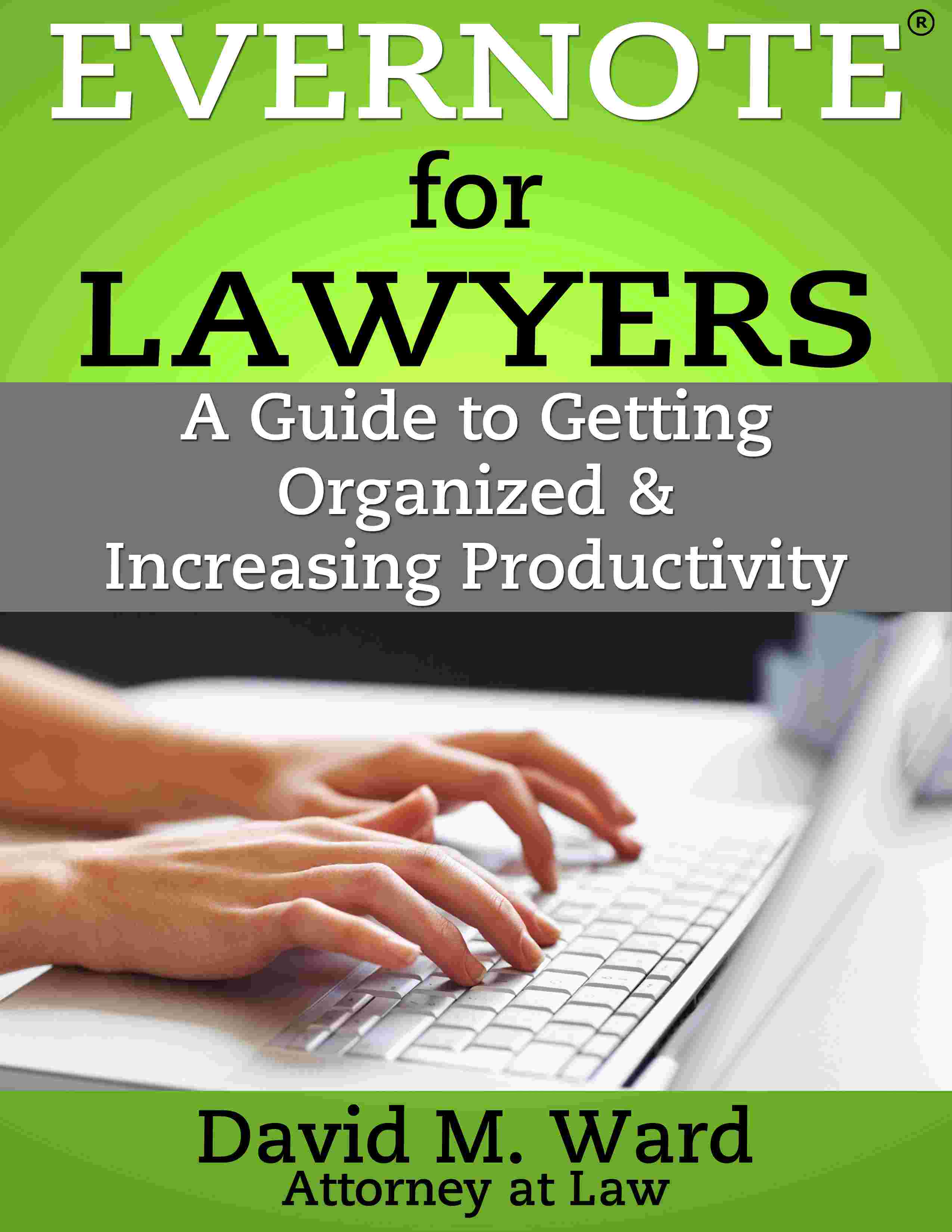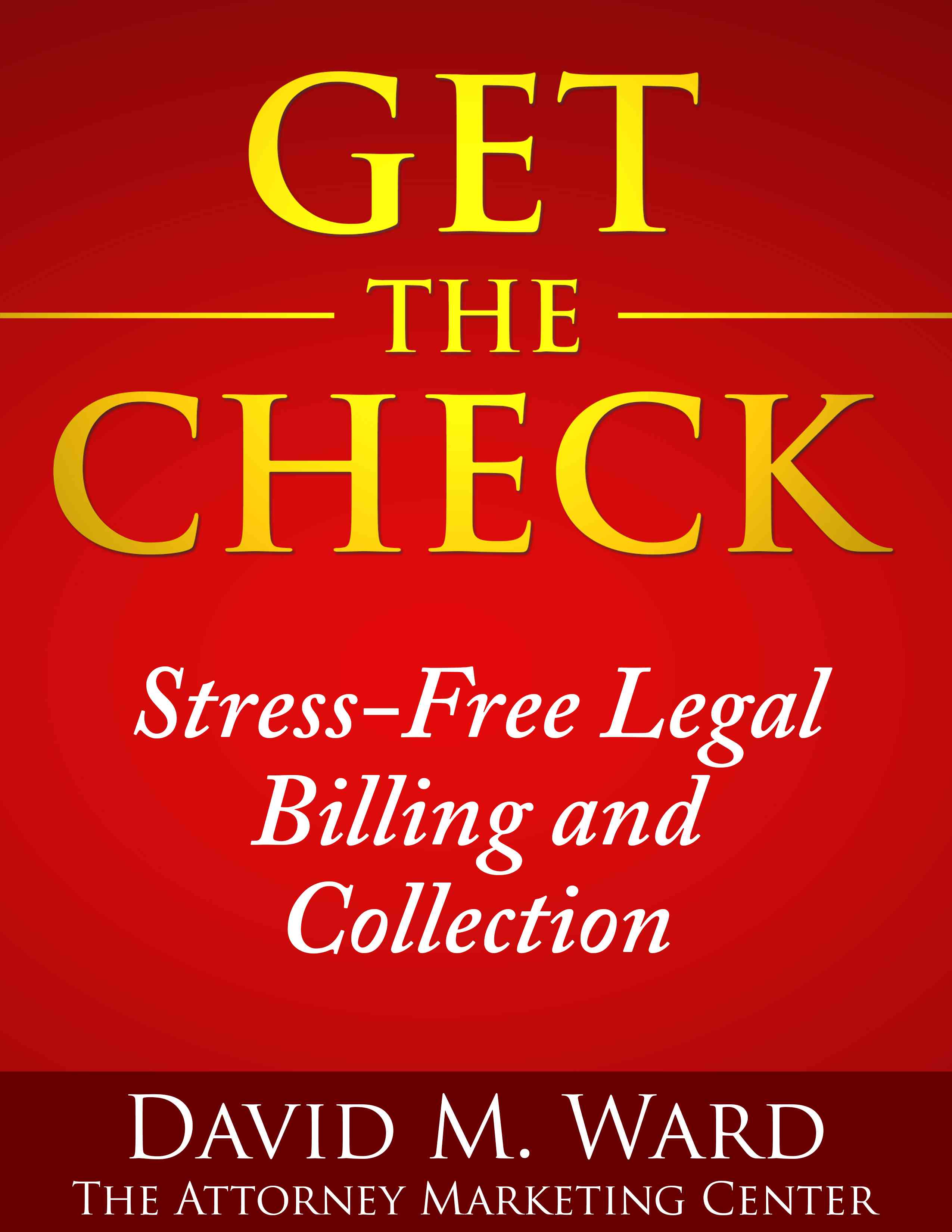For creating content—blog posts, articles, videos, presentations, or anything else meant to inform or inspire your readers and followers, the writing is the easy part.
What to write is the challenge.
You don’t want to write what everyone else writes about, or say the same things, so you stay away from certain subjects or points of view, hoping to find something unique and borderline amazing.
But this is unnecessary.
Most of your readers and listeners aren’t reading or listening to others in your niche and if they are, they’re not reading or listening too carefully.
But even if you write something nearly identical to what others write, your article will still be different.
Because you are different.
Your experience, cases and clients, stories, opinions, and writing style might be similar, but they aren’t the same.
So, relax. You don’t have to create original content.
In fact, I’ll go out on a limb and say that it is usually better not to. It’s usually better to write about the same things others in your space are writing about. The existence of their articles and posts and videos shows that there is a “market” for those ideas.
People read those posts and they will read yours.
Knowing this should not only encourage you to let go of whatever might hold you back from creating (enough) content, it gives you a simple way to find all the ideas you will ever need.
Here’s the plan.
Once or twice a month, browse through the list of blogs and newsletters or channels you follow, whether lawyers, industry experts, or other creators who inspire you, and bookmark several posts you can use as fodder to create your own.
I do it. Sometimes, I get the “perfect” subject to use for my next article or post. Sometimes, I get nothing and those posts go back into the slush pile or get deleted to make room for something new.
And sometimes, I zero in on a small part of something someone said and I’ll say something about that.
In a few minutes, I have my subject. I’ll add a headline or title and my new post is almost nothing like the original.
If you aren’t doing this now, try it. Nobody owns ideas. Besides, they are only a prompt. A place to start. And when you’re crazy busy cranking out billable work, a place to start is your best friend.

